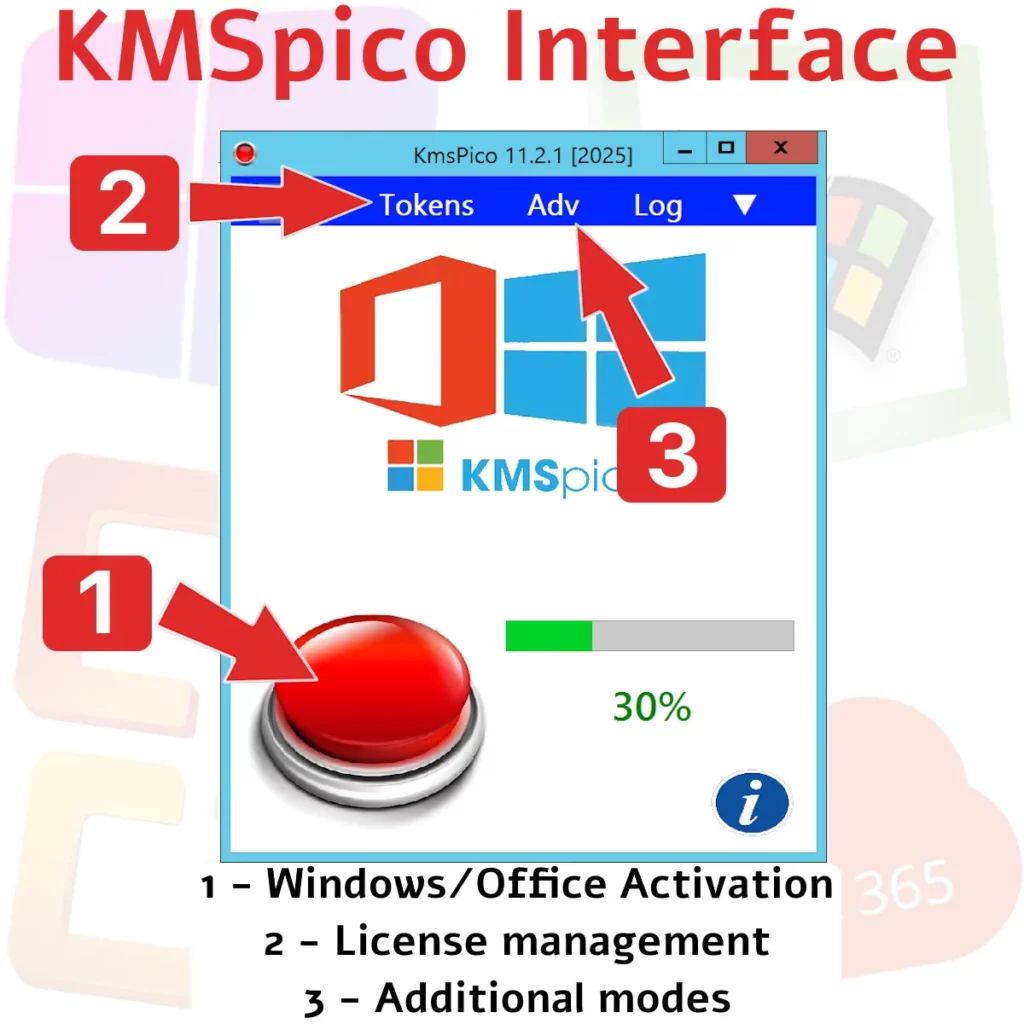In the realm of software, activating Microsoft Office is a task often met with challenges that are both visible and hidden. Understanding how to effectively activate office products is essential for seamless software operations. In this article, we delve into the frequently overlooked constraints associated with office licensing systems and explore the intricacies of activation. For many, activating office is not just a step in software setup but a crucial process that ensures the software’s functionality and compliance with legal standards.
Understanding How to Activate Office
The process to activate office involves several steps that ensure your software is legally licensed and fully operational. This process requires inputting a valid product key or using an organization’s licensing server for volume-licensed editions. Without proper activation, users may face limited functionality or complete deactivation of features in their Microsoft Office suite. Activation serves as a safeguard against piracy and unauthorized use, enabling users to access updates and support services from Microsoft.
Common Challenges When Trying to Activate Office
One major challenge is errors arising from incorrect or expired product keys. These keys are crucial for license activation but can be rendered invalid due to various reasons such as exceeding the number of installations allowed. Additionally, network issues can prevent communication with activation servers, further complicating efforts to activate office products. Users may also encounter difficulties when transitioning between different versions of Office or updating their operating systems, which can affect activation status.
Technical Requirements for Activation
Before attempting to activate office, ensure your system meets technical specifications such as minimum hardware requirements. For instance, a standard virtual machine (VM) setup might require 2 vCPUs and 4 GB of RAM. Failing to adhere to these prerequisites could result in performance issues or failed activations. Additionally, it’s important to have the latest updates installed on your operating system, as outdated versions can interfere with the activation process.
The Role of KMS in Office Activation
KMS, or Key Management Service, plays a pivotal role in the activation process for organizations using volume licenses. It allows clients to activate without needing individual product keys by connecting to an internal server. KMS reduces administrative overhead but requires proper setup and management within the network environment. By automating the renewal of licenses on a regular basis, KMS helps maintain compliance while minimizing manual intervention.

Using KMSpico for Windows Activation
KMSpico is an unofficial tool used by some to bypass traditional activation methods, particularly when difficulties arise with official channels. Despite its popularity, it’s important to note that using tools like KMSpico may violate terms of service and pose security risks. Always consider official methods before resorting to alternatives like kmspico download from non-official sites. Unauthorized tools may introduce malware or compromise system integrity, leading to potential data breaches.
Best Practices to Activate Office Licenses
- Ensure access to reliable internet during activation attempts.
- Maintain updated records of all product keys used across devices.
- Regularly audit software installations against licenses owned to avoid compliance issues.
- Avoid sharing product keys between multiple users or devices beyond what is permitted by your license agreement.
- Utilize Microsoft’s official support resources if you encounter persistent activation problems.
Troubleshooting Common Activation Issues
If you’ve exhausted typical solutions and still cannot activate office, there are advanced troubleshooting steps available. Tools such as the Diagnostic Tool for Office can provide detailed insights into what may be causing failures during the license activation process. These tools analyze error codes and suggest corrective actions tailored to specific scenarios encountered during activation attempts.
The Impact of Incorrect Install Suite Configurations
Incorrect configurations during installation can lead to persistent activation problems. Verifying setup options and ensuring compatibility with existing systems can mitigate these risks. Misconfigurations often result from errors during initial software installation or improper updates. Ensuring that all components are properly aligned with organizational policies can prevent future issues related to licensing conflicts or version mismatches.
The Need for Regular License Audits
Conducting regular audits is vital not just for compliance but also for identifying unused licenses that can be reallocated within an organization. This practice ensures efficient use of resources and helps avoid unnecessary purchases of additional licenses when existing ones suffice. Regular audits also help track changes in user needs over time, allowing organizations to adjust their licensing strategies accordingly.
Conclusion: Navigating the Complexities of Activation
The task to activate office might seem straightforward at first glance but carries hidden complexities that demand attention and precision. By understanding the constraints and employing best practices, users can ensure their Microsoft Office remains fully operational and compliant with licensing terms. Staying informed about updates in Microsoft’s licensing policies and emerging technologies related to software activation will empower users to navigate this ever-evolving landscape effectively.
This journey through understanding how best to activate office underlines its criticality in maintaining seamless workflow operations across various applications within Microsoft Office Suite—from Word processing documents efficiently to managing data through Excel spreadsheets—ensuring each function operates optimally without disruptions that could impede productivity.
Furthermore, knowing how frequently organizations need these activations highlights its importance in daily business operations where even minor delays caused by unactivated software could lead to missed deadlines or incomplete projects.
Thus being proactive about keeping up-to-date on Microsoft’s evolving guidelines regarding activations not only safeguards against unwanted interruptions but also enhances overall user experience by promoting smoother interactions between different program functionalities within the suite itself.
Ultimately mastering this aspect empowers individuals within companies both large-scale enterprises down small businesses alike making them adept at handling any challenges posed by changing technological landscapes ensuring they remain competitive agile ever-ready adapt whatever future holds next!














